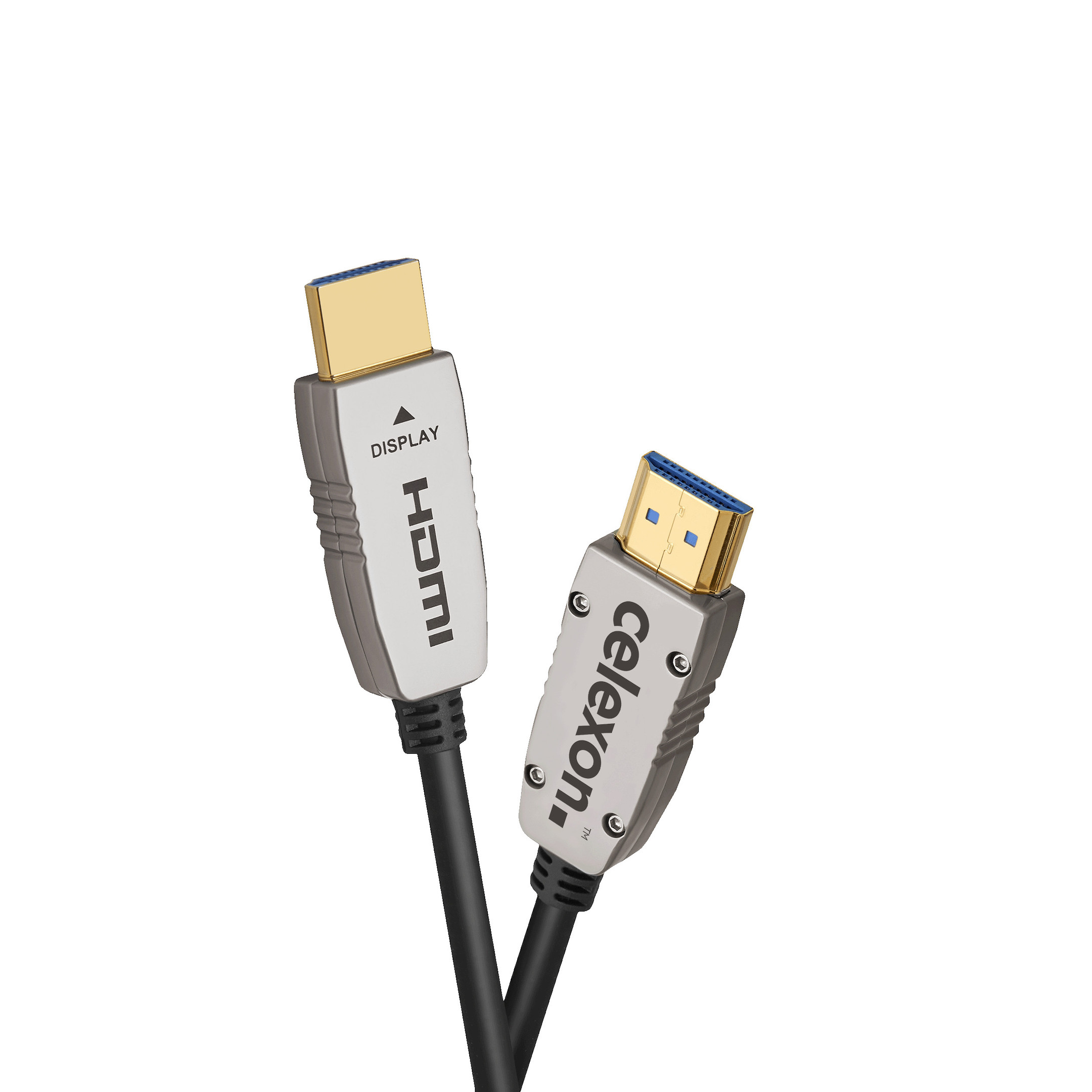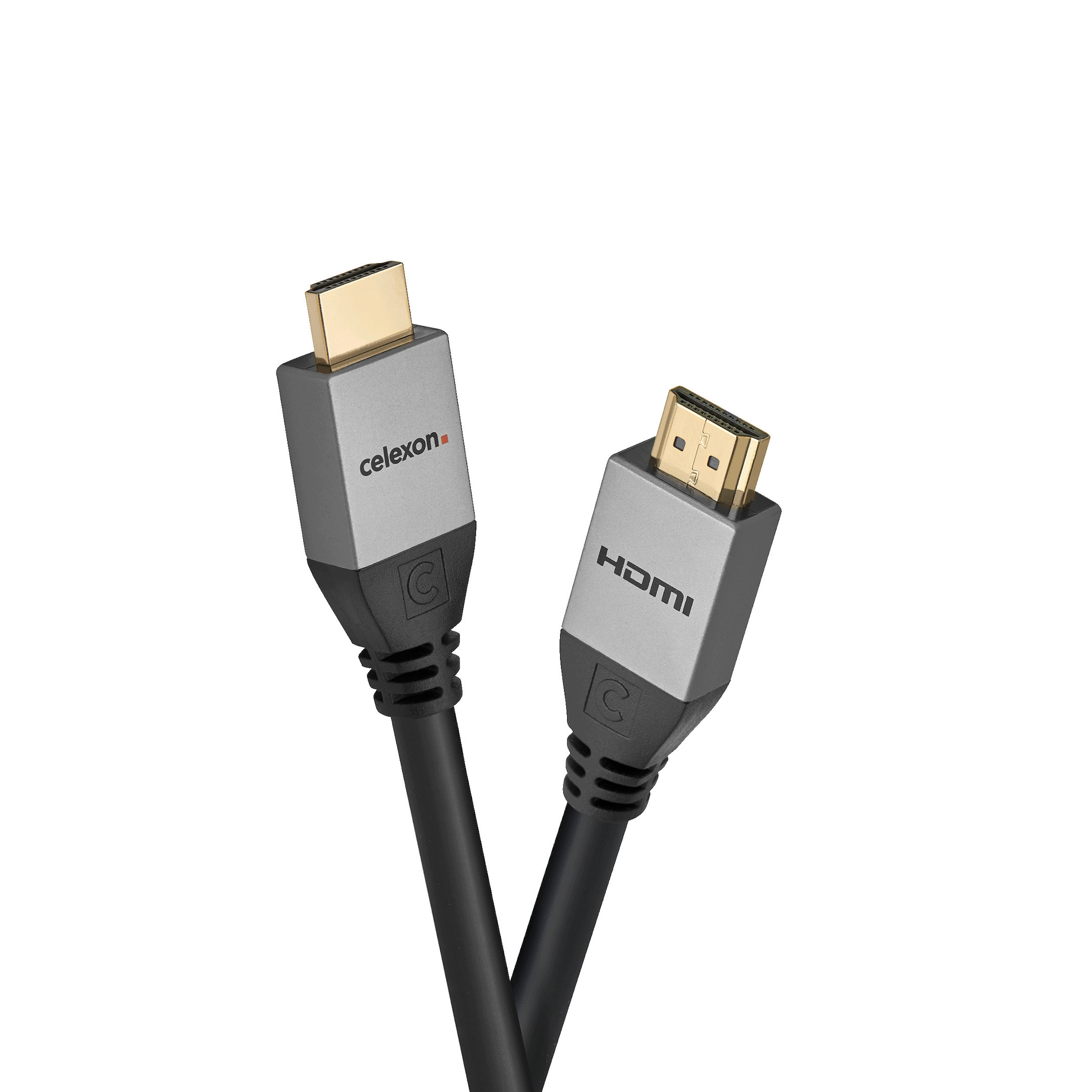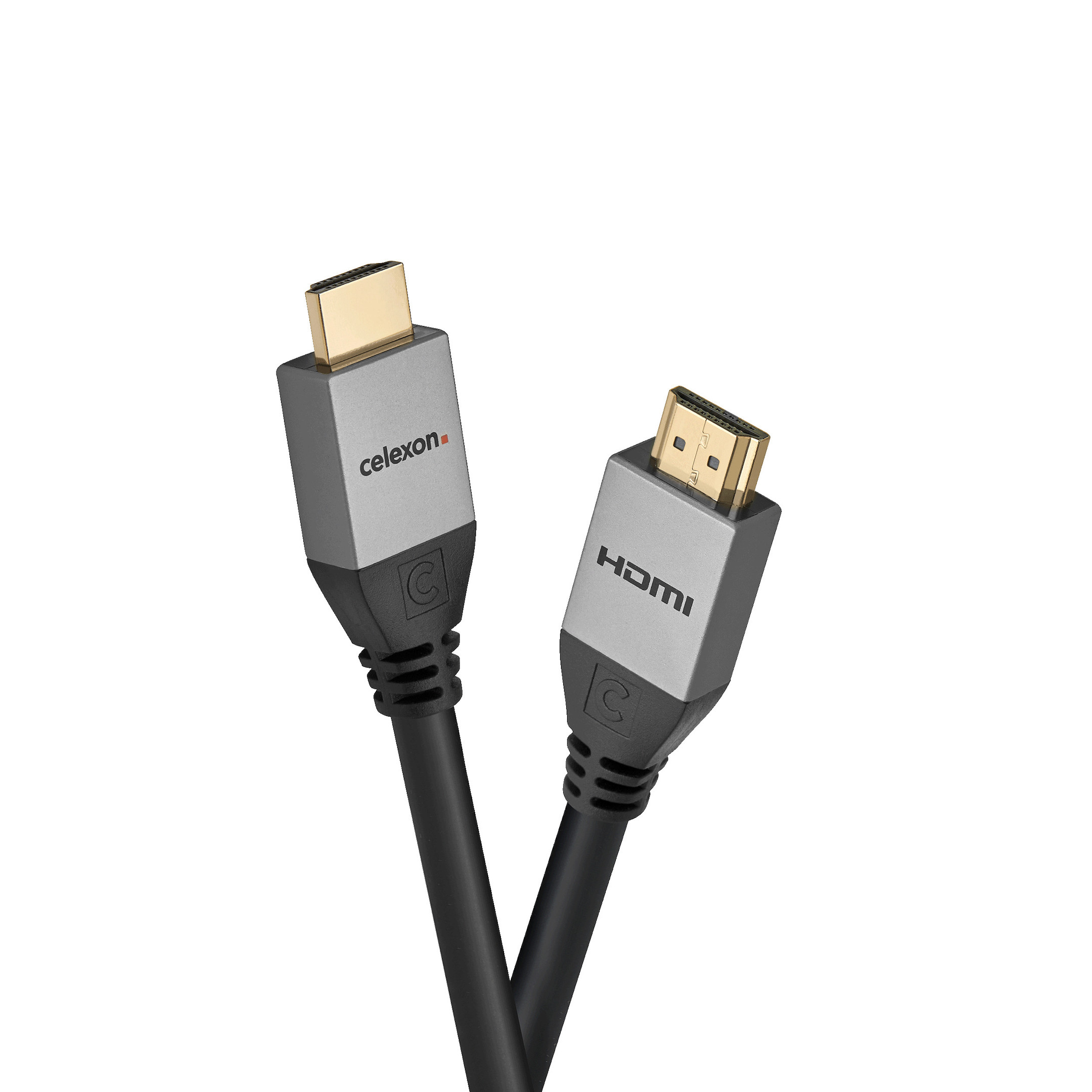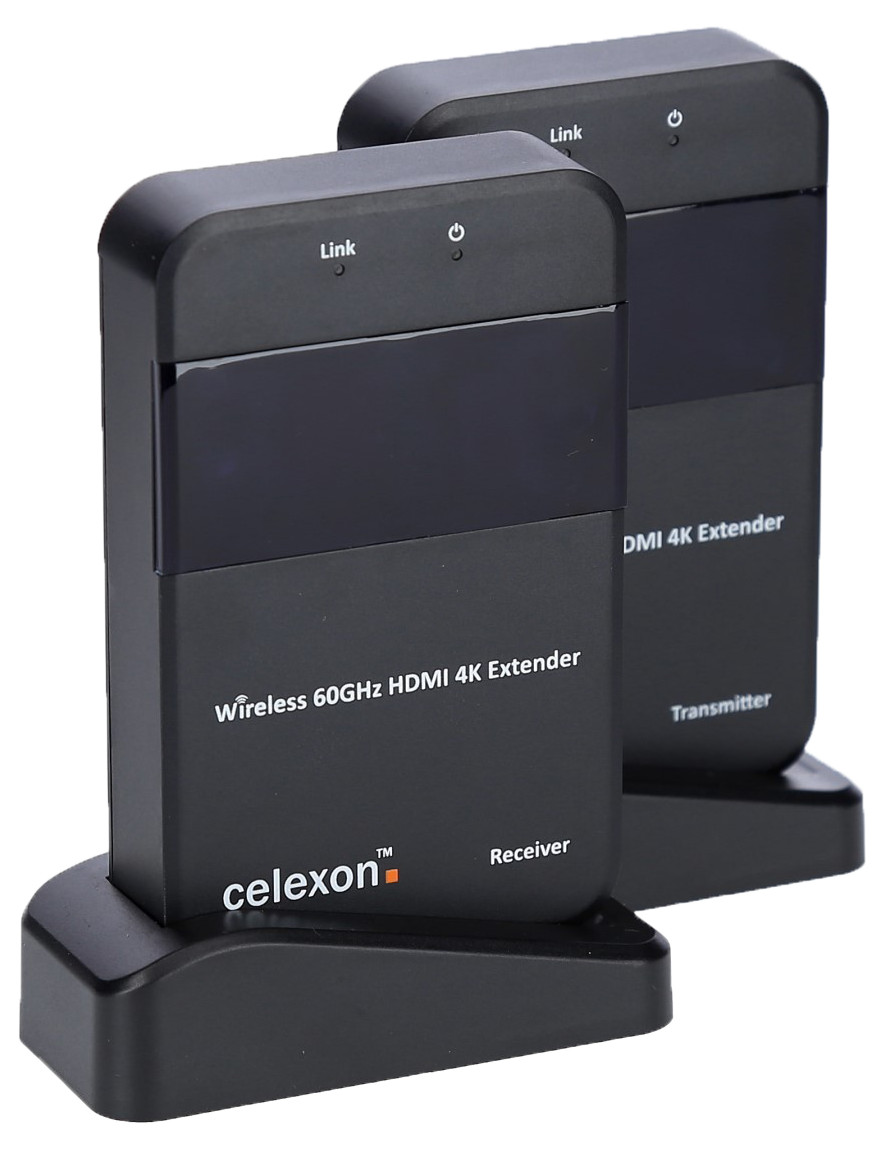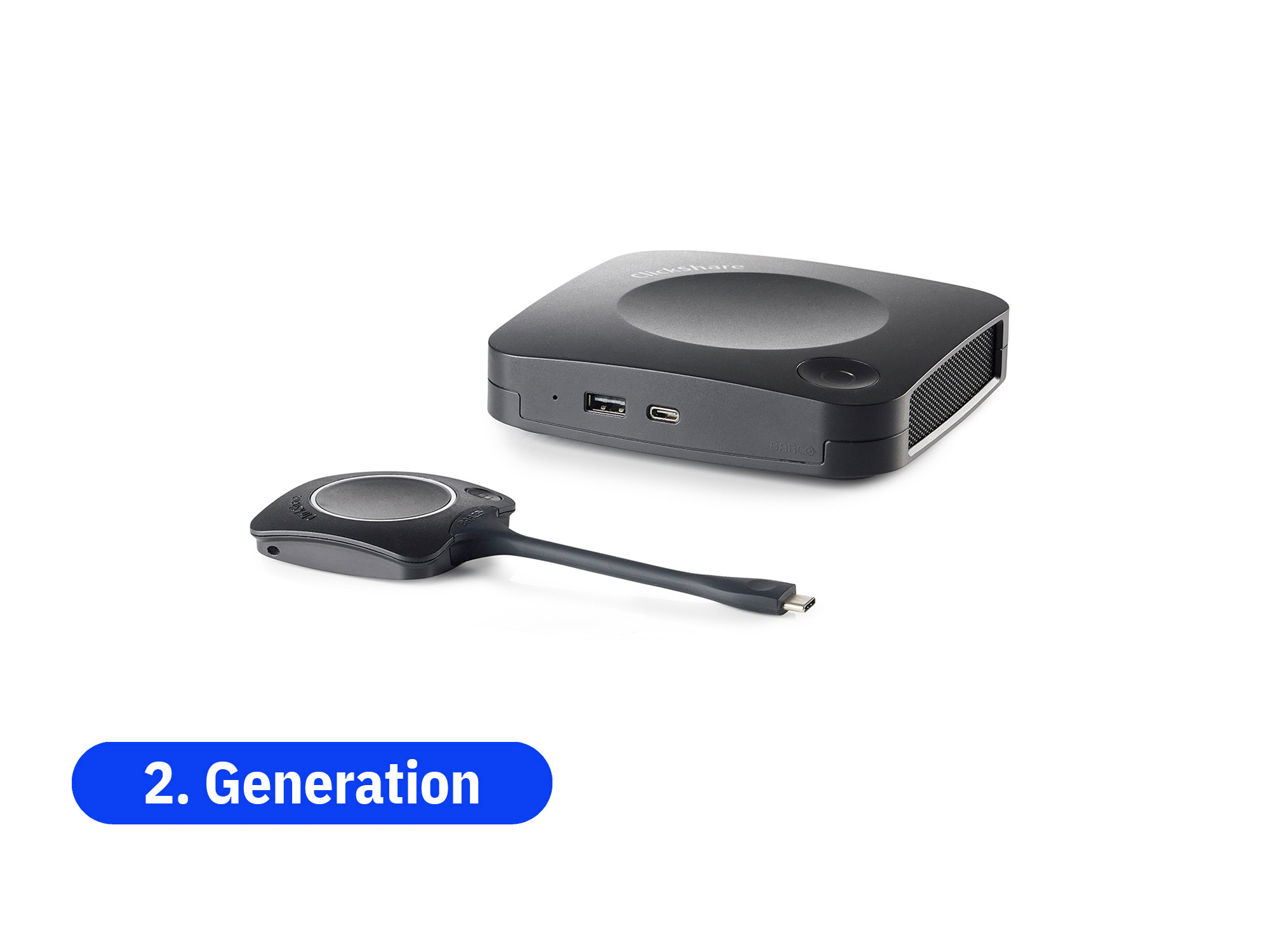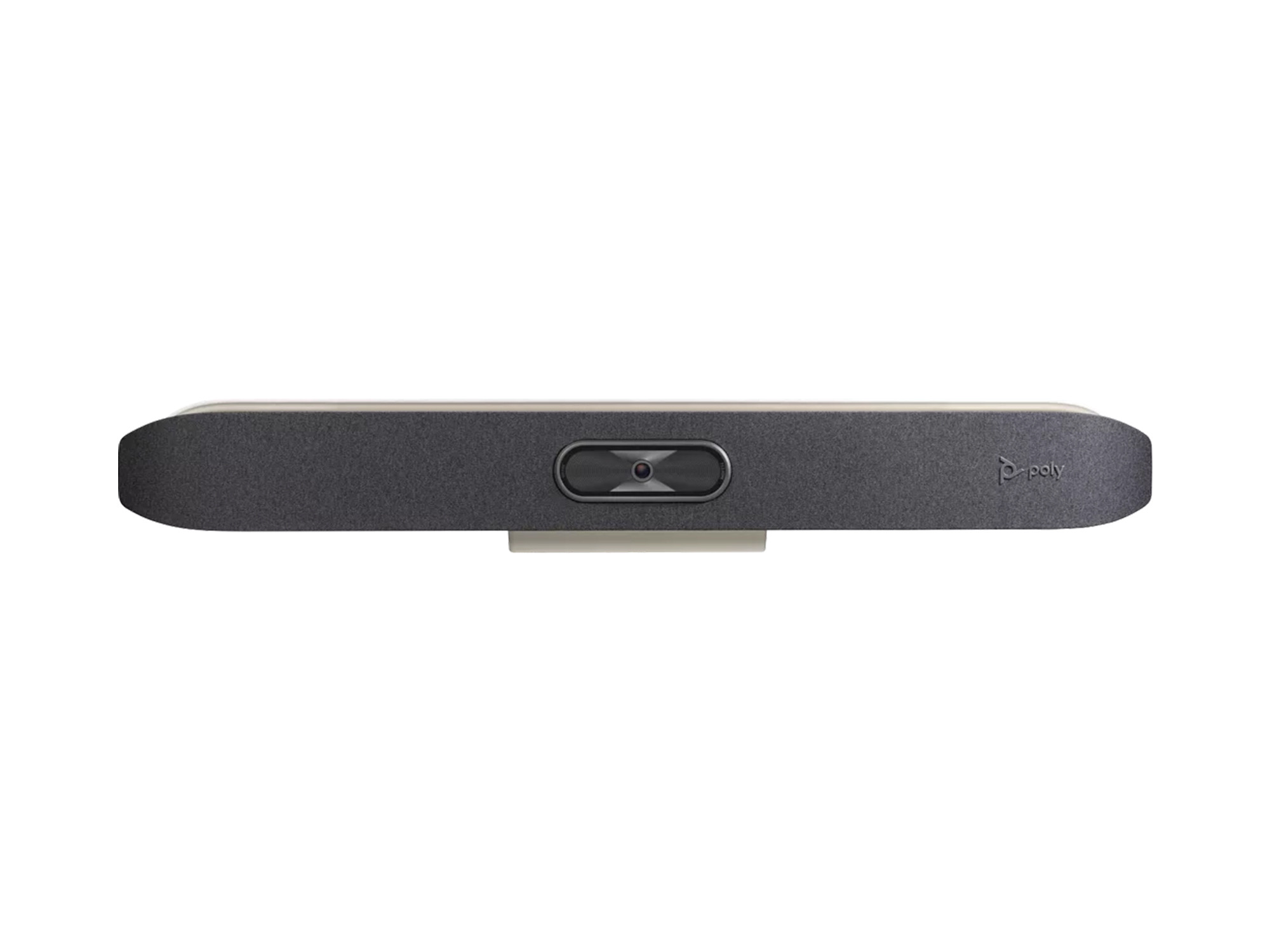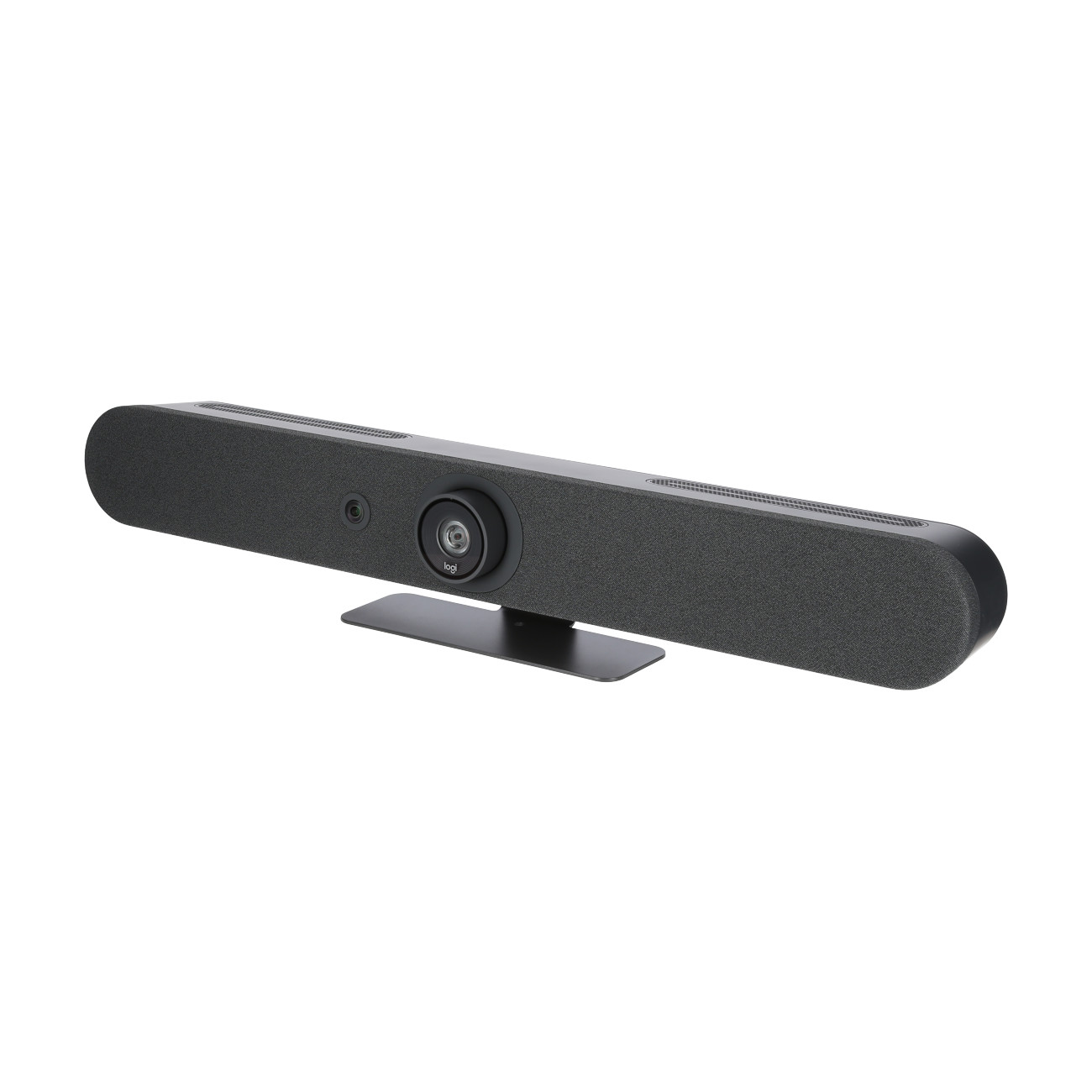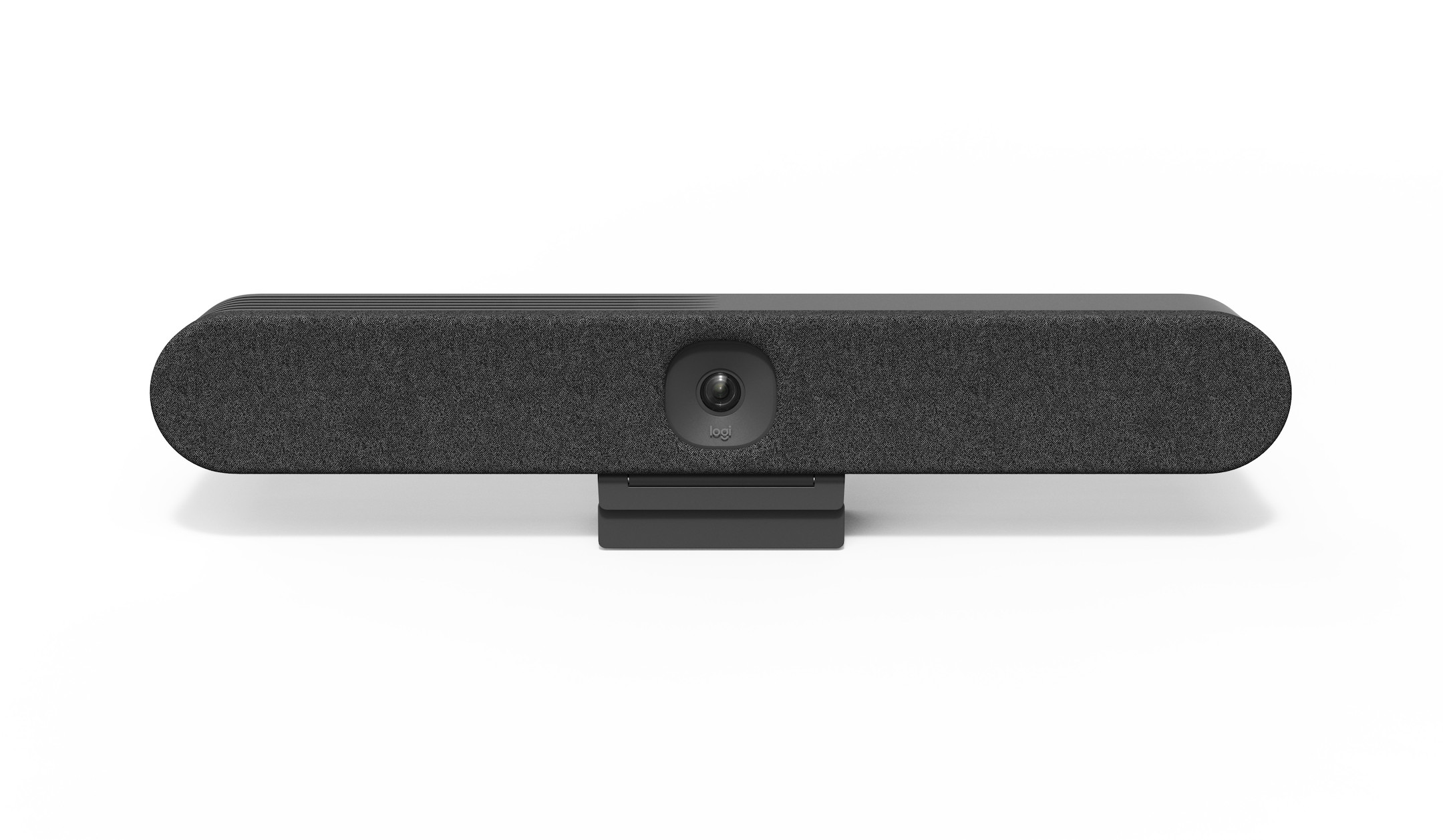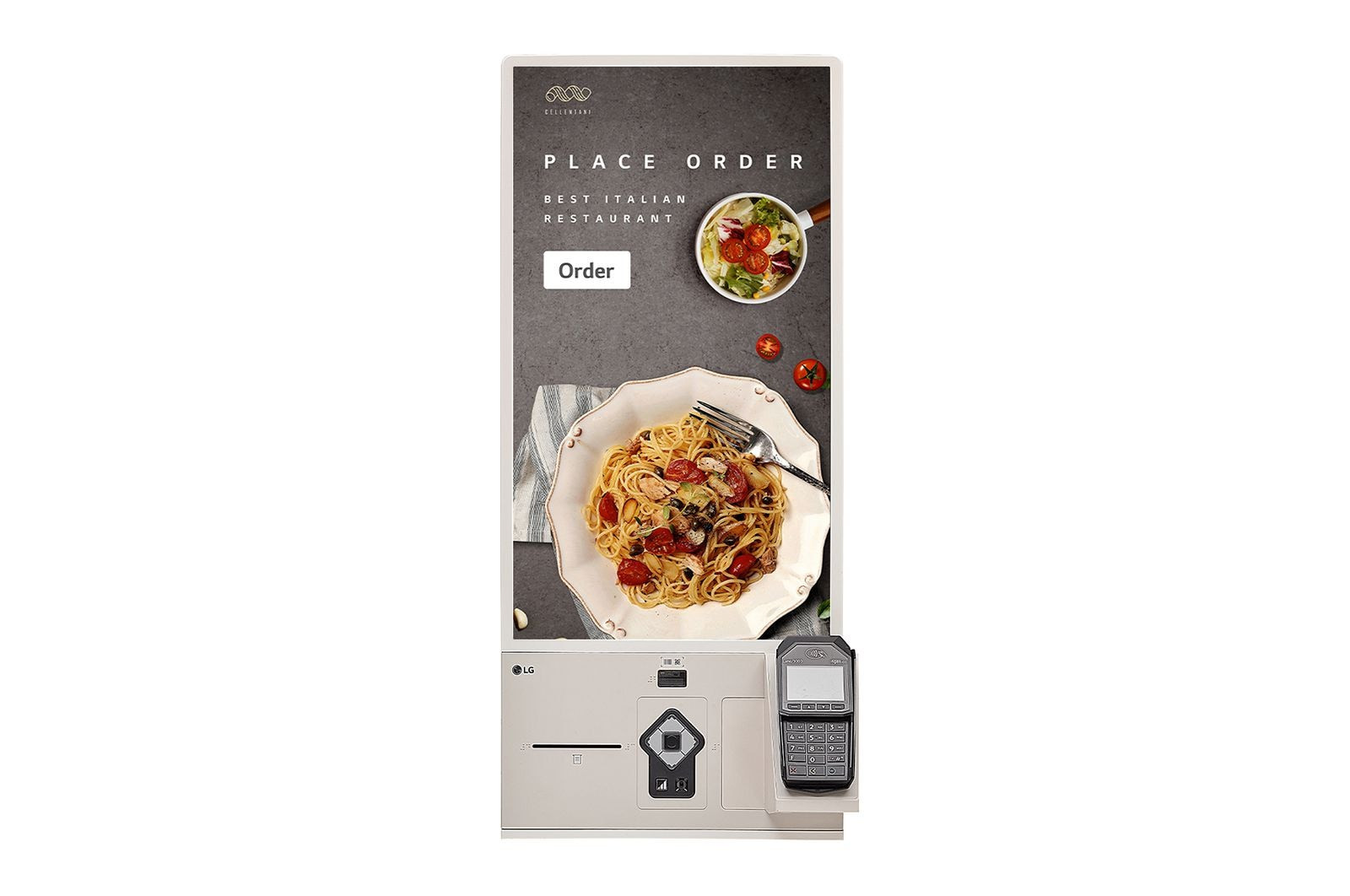



























£3,642.00*
- Resolution 1920 x 1080 Full HD
- Max. Brightness 300 cd/m²
- Aspect Ratio 16:9


Frequently purchased together
Product information
LG self-order kiosk
- 27-inch display with excellent touch sensitivity
- Matching interior design
- Windows operating system
Interior design in soothing beige tones
The kiosk's seamless design in two soothing beige tones creates a harmonious atmosphere that blends into your business space.
27-inch screen
A 27-inch display allows users to access more information with vivid product images to place an order. This display can also be used as a large promotional screen by displaying advertisements in standby mode.
Easy maintenance
The kiosk's drawer design allows convenient maintenance of the receipt printer, card reader, etc. by simply opening the drawer without disassembling the cabinet.
Windows operating system
By using Windows 10 IoT Enterprise, the kiosk is compatible with various peripherals and applications.
Various payment methods
Various payment methods such as barcodes, QR codes, IC smart cards and MST cards are supported. In addition, an integrated printer can print receipts without the need for additional peripherals.
Technical data
| Name | LG 27KC3PK-C 27" Touch display |
|---|---|
| Article number | 1000027602 |
| GTIN/EAN | 8806087968712 |
| Manufacturer SKU | 27KC3PK-C |
| Model name | 27KC3PK-C |
| Brand | LG |
| Product Type | Touch display |
| Resolution | 1920 x 1080 Full HD |
| Diagonal | 27" |
| Aspect Ratio | 16:9 |
| Max. Brightness | 300 cd/m² |
| run-time | 16/7 |
| Inputs | 1x Ethernet , 1x HDMI , 2x RS232 , 4x USB-C |
| Product width | 36.43 cm |
| Product height | 81.2 cm |
| Product depth | 34.2 cm |
| Weight | 14.6 kg |
| Colour | White |
| Condition | New |
| Warranty | 24 Month |
| Warranty type | Bringin service Service and support information |
Product safety
| Person responsible for the EU |
|---|
| LG Electronics Deutschland GmbH |
| Alfred-Herrhausen-Allee 3-5 |
| 65760 Eschborn |
| Germany |
| info@lge.de |




